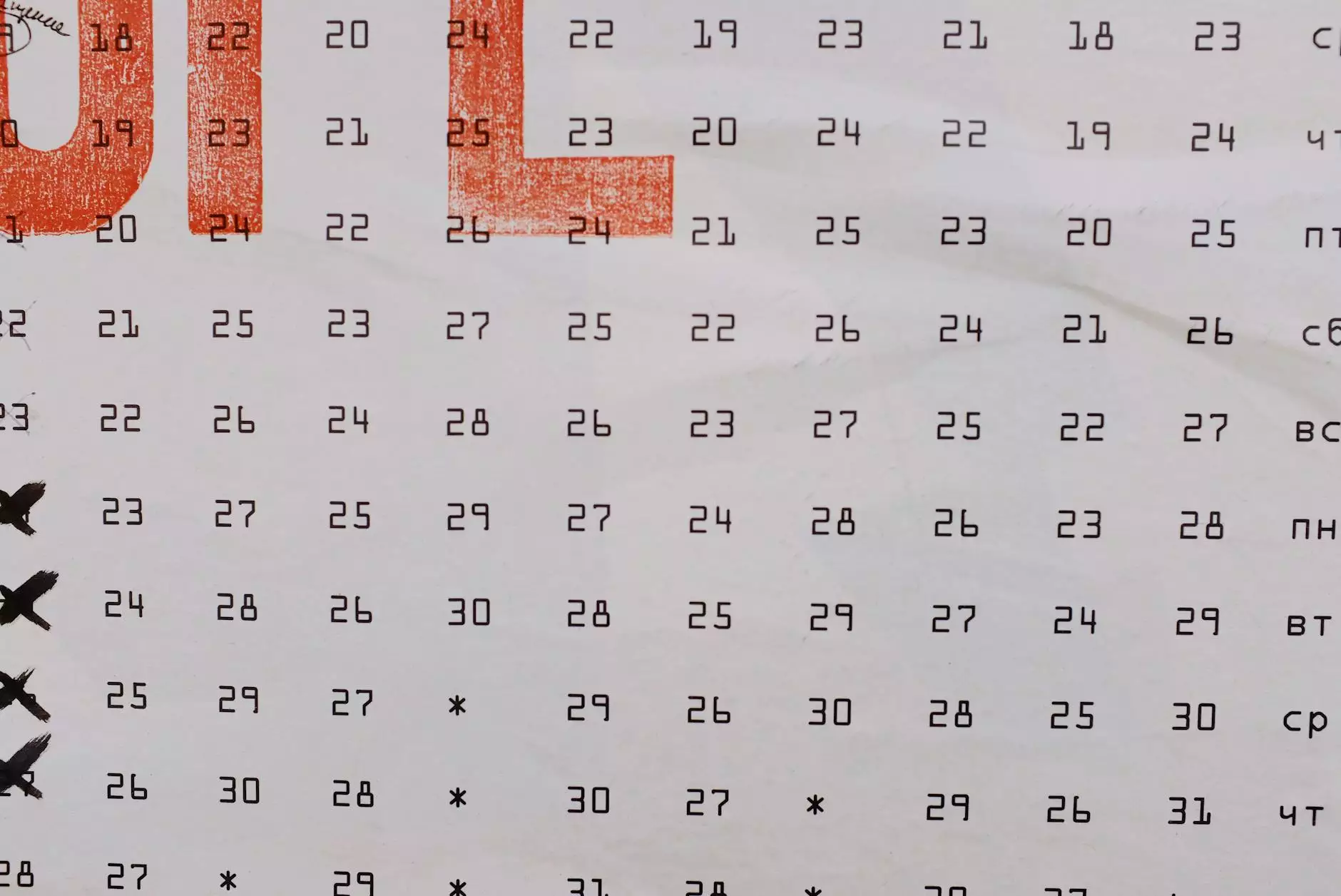Cross-site Scripting Injection Attacks Using SVG Images
Web Design Services
Welcome to ATM Marketing Solutions, your trusted partner in business and consumer services related to website development. In this article, we will delve into the world of cross-site scripting (XSS) injection attacks and specifically focus on how SVG images can be used as a means of executing such attacks.
Understanding Cross-site Scripting (XSS) Injection Attacks
Cross-site scripting (XSS) is a type of security vulnerability that allows attackers to inject malicious scripts into web pages viewed by other users. This occurs when user-supplied data, such as input fields, is not properly sanitized or validated by the website's code. As a result, the injected scripts can be executed by users visiting the compromised page, leading to the theft of sensitive information, unauthorized access, or further exploitation of the system.
Exploiting SVG Images for XSS Injection Attacks
Scalable Vector Graphics (SVG) is a widely used format for displaying vector-based images on the web. SVG files are XML-based and can contain various elements, including JavaScript code. This makes them an attractive target for attackers looking to inject malicious scripts into websites.
Attackers can exploit SVG images to execute XSS injection attacks by embedding JavaScript code within the image file. When the SVG image is rendered on a vulnerable webpage, the injected code gets executed with the same privileges and access rights as the host website, potentially compromising user data or enabling further attacks.
Preventing SVG XSS Injection Attacks
Protecting your website against SVG XSS injection attacks requires a multi-layered approach that includes:
- Input Validation: Ensure that all user-supplied data is adequately validated before being processed or displayed on your website. Implement strict input validation mechanisms to detect and reject potentially malicious input.
- Sanitization: Use secure libraries or frameworks that automatically sanitize SVG files to remove any potentially dangerous code or attributes. Regularly update and patch these libraries to stay protected against new attack vectors.
- Content Security Policy (CSP): Implement a robust CSP that restricts the types of scripts and content that can be loaded on your website. This can help mitigate the impact of XSS attacks, including those targeting SVG images.
- Secure Coding Practices: Train your development team to follow secure coding practices, such as using proper input validation, output encoding, and escaping mechanisms. Conduct regular security audits and code reviews to identify and address any vulnerabilities.
- Regular Security Updates: Stay up to date with the latest security patches and updates for the software, frameworks, and libraries used in your website development. These updates often include security enhancements, bug fixes, and vulnerability patches.
Why Choose ATM Marketing Solutions for Website Development?
ATM Marketing Solutions is a leading provider of business and consumer services, specializing in website development. Our team of experienced professionals understands the importance of implementing robust security measures to protect your website and its visitors.
With our extensive knowledge and expertise in the field, we can help you build secure websites that are resilient against cross-site scripting (XSS) injection attacks. Our services encompass input validation, secure coding practices, content security policies, and regular security updates to ensure your website remains protected.
Trust ATM Marketing Solutions to provide you with tailored website development solutions, backed by our commitment to quality, security, and customer satisfaction. Contact us today to learn more about how we can safeguard your online presence.










